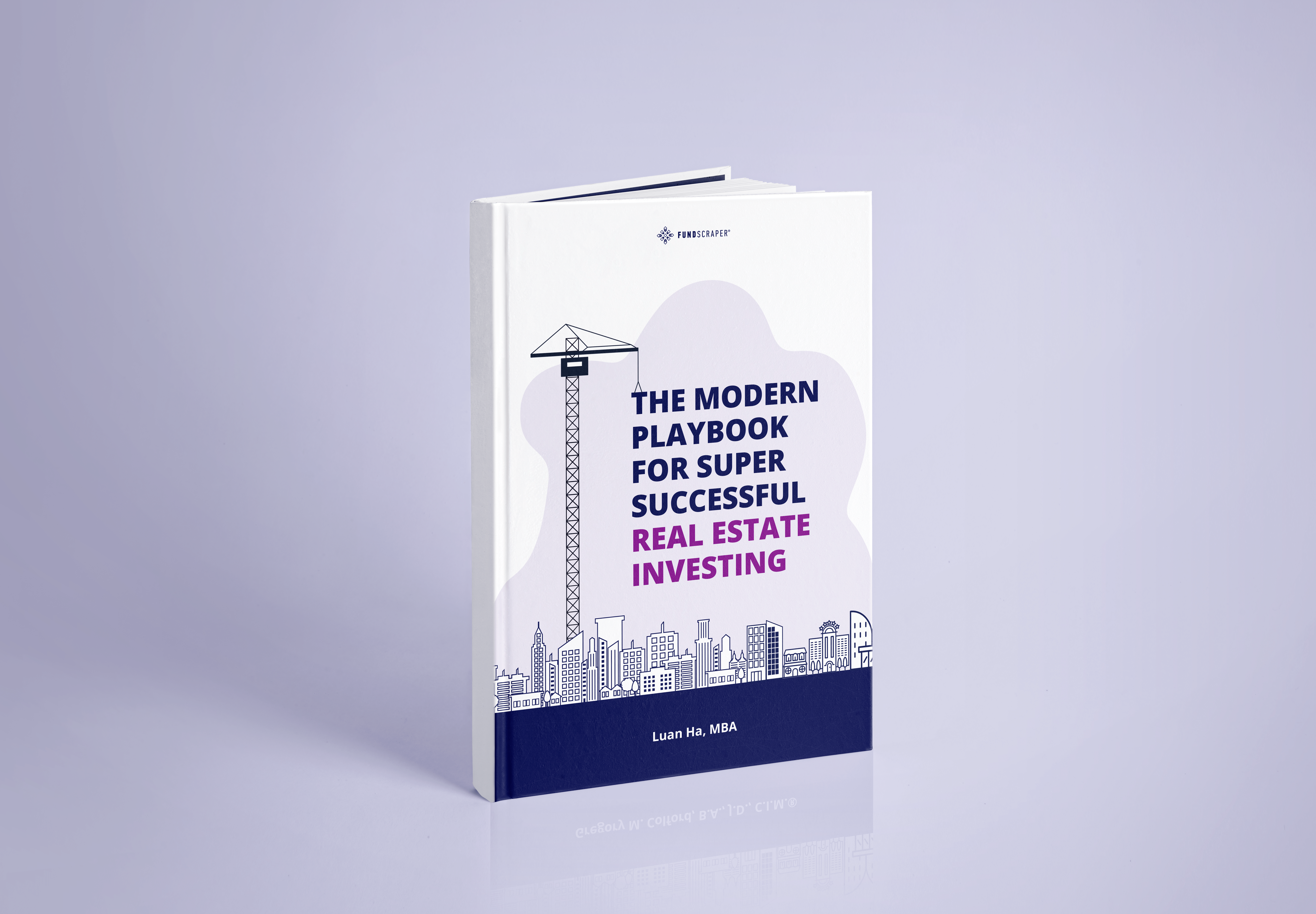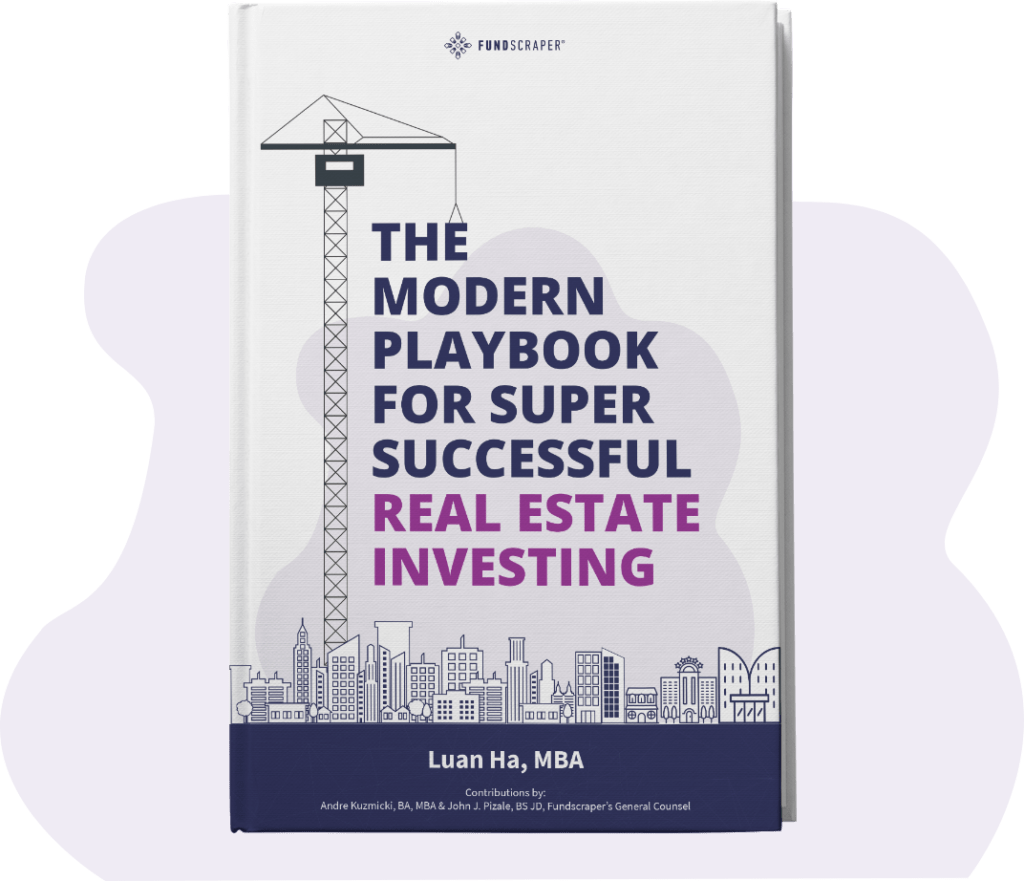Private real estate investment is too often overlooked in an investment world dominated by hedge funds, ETFs, Principal Protected Products, publicly traded shares, and bonds. If you think private real estate investing is only for the wealthy or experienced, think again. Private real estate investing is for everyone, especially because you can use your RRSPs to invest. It’s an affordable, approachable way to get started. Not sure how to do that or what that means? We’ll explain.
Key Points
- Most people don’t realize that they can invest in private mortgage investment entities like mortgage investment corporations and mortgage trusts, as well as mortgages directly, with their RRSPs.
- What is evolving today is that the less risk-averse investor should actually be the one weighing their portfolio more favourably toward real estate than otherwise. This is because real estate is such a strong non-correlated asset class to the hoped for “high flyers” to which so many less risk-averse investors are attracted.
What is an RRSP?
RRSP stands for “registered retirement savings plan.” A “registered” plan means the plan, and the account associated with it, is registered (or held) by a service provided by the Canada Revenue Authority to manage accounts that benefit from the special treatment our federal and provincial government’s grant to these unique retirement savings plans. Other examples of “registered” plans are “Registered Retirement Income Funds” and “Tax Free Savings Accounts”. What is discussed below is applicable to RRIFs and TFSAs as well!
The majority of Canadians hold their retirement savings in registered accounts. Most often people invest their RRSPs in stocks, bonds, mutual funds, exchange traded funds and other public securities. Many people believe that is all they can invest in through their RRSPs, but that only scratches the surface of what’s possible.
Most people don’t realize that they can invest in private mortgage investment entities like mortgage investment corporations and mortgage trusts, as well as mortgages directly, with their RRSPs. If you’re interested in doing this, we can help.
What are the benefits? Considerations?
Investing in private real estate is an excellent way to diversify your portfolio. Savvy investors know not to put all of their eggs in one basket, and private real estate helps minimize risk of loss. It also helps generate return and preserve capital.
Investment advisors commonly recommend that a person’s portfolio have between 10% and 20% in real estate. It is generally thought that investors who are risk-averse would tend to hold a mix with more real estate and less risk-averse investors would tend to weigh stocks more heavily in their portfolio. What is evolving today is that the less risk-averse investor should actually be the one weighing their portfolio more favourably toward real estate than otherwise. This is because real estate is such a strong non-correlated asset class to the hoped for “high flyers” to which so many less risk-averse investors are attracted.
Most people don’t realize that they can invest in private mortgage investment entities like mortgage investment corporations and mortgage trusts as well as mortgages directly through their registered accounts.
How to determine which real estate investments are right for you
If you’re interested in investing your RRSPs in private mortgages, whether directly or through a mortgage investment entity like a MIC or mortgage trust, then the first thing you should do is seek expert advice if you have little experience in the private mortgage markets. The process is not difficult, but if you’ve never done it before, you’ll need an expert to walk you through it. That’s what we’re here for!
Your advisor should be a registered mortgage broker or an exempt market dealer focused on mortgages. At Fundscraper, we’re both. We begin by asking about your investing experience, investment portfolio to date, risk appetite, expectations, current needs, and future needs. This is called a suitability assessment, and it helps us determine whether private real estate is an appropriate investment for you at this juncture of your life. If yes, the next step is identifying a mortgage investment product that would be suitable for you.

How to invest RRSPs into private real estate
Once we have found something that is suitable for you, the next steps are setting up how you can acquire the private mortgage investment security with your current RRSP funds that are held by your bank or financial advisor. Those RRSP funds are likely tied up in mutual funds, exchange traded funds, and other RRSP eligible securities. We’ll help you with this process as much or as little as you need.
- Fund your investment. Liquidate a fraction of your RRSP holdings to the cash amount you need to make your new investment.
- Open a self-directed RRSP. Ask your financial institution (any Canadian chartered bank or trust company) to do this.
- Transfer your liquidated funds to your new account. You’ll complete a “transfer instruction” whereby your new financial institution will request that your current RRSP institution transfers the liquidated funds to your new self-directed RRSP account. Once all the forms are completed, they are filed with the originating institution instructing it to transfer your cash portion to your newly created self-directed RRSP account with the new financial institution.
- Wait for the funds to transfer. The transfer can take up to four weeks. In order to maintain RRSP eligibility, funds must move directly from one RRSP account to another. You cannot withdraw the funds yourself, take them to your financial institution, and deposit them.
- Invest your RRSPs into private real estate. Once the funds arrive in your self-directed RRSP account, tell the self-directed RRSP account to fund your investment in the private mortgage investment entity. You do that by way of delivering to the financial institution a “payment direction” — the financial institution has a standard form of payment direction that it will provide to you. The payment direction tells the financial institution to invest in the private mortgage investment entity for you through the newly created self-directed RRSP account for the amount set out in the direction.
Investing your RRSPs in private mortgages is easy! Nevertheless, it’s important to have your advisor orchestrate the process on your behalf, as there are moving pieces that have to be coordinated.
How do I get started?
Your registered account savings are your nest egg. Be careful with how you employ and invest these funds. Work closely with reputable dealers to first determine whether investing in private mortgage securities is suitable for you and, if so, what the best private mortgage investment products are for you at the time you want to make the investment.






